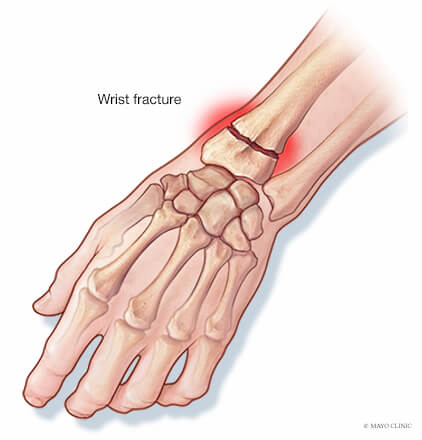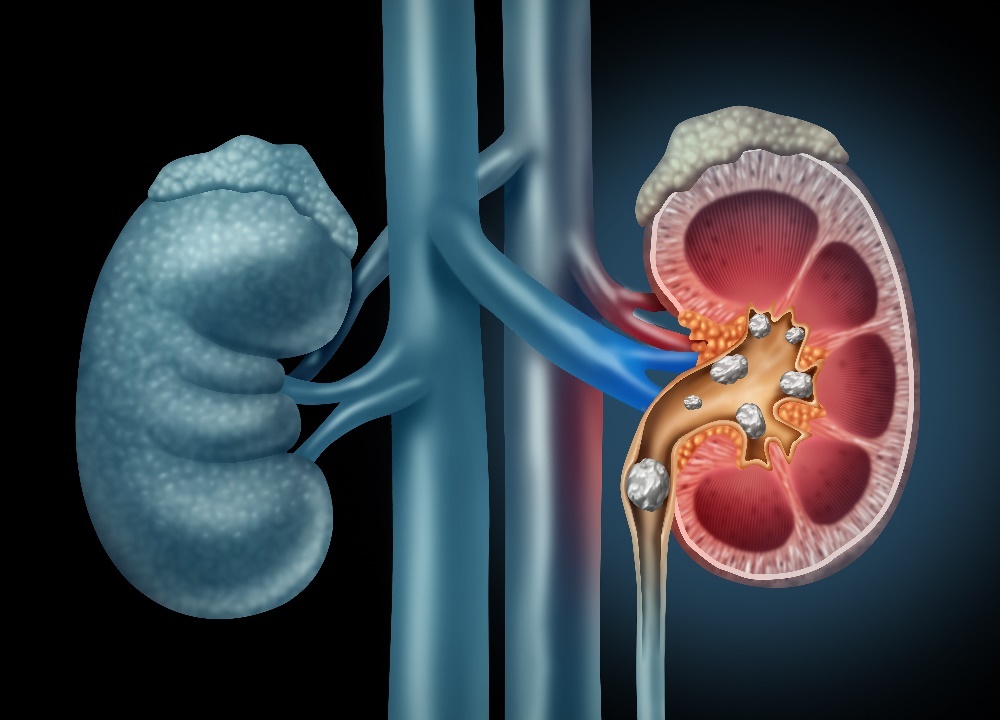The nurse is planning preoperative care for a client who has a fractured wrist. Which of the following should the nurse include in the client's plan of care?
Bathroom privileges after premedication
Drink 8 oz of water
Preoperative diazepam 30 minutes before surgery
Enema administration
The Correct Answer is C
Choice A reason:
Bathroom privileges after premedication are not typically restricted unless the premedication impairs the client's ability to ambulate safely. However, it is important to ensure that the client does not fall or injure themselves due to the effects of the medication.
Choice B reason:
Drinking 8 oz of water is generally not advised immediately before surgery due to the risk of aspiration during anesthesia. Clients are usually instructed to fast, which includes not drinking any liquids, for a certain period before surgery.
Choice C reason:
Preoperative diazepam may be administered 30 minutes before surgery to help reduce anxiety and induce sedation. Diazepam is a benzodiazepine that can calm the client and facilitate a smoother induction of anesthesia.
Choice D reason:
Enema administration is not a standard preoperative procedure for a client undergoing a cholecystectomy unless there is a specific indication. The primary focus is on preventing infection and managing pain.

Nursing Test Bank
Naxlex Comprehensive Predictor Exams
Related Questions
Correct Answer is A
Explanation
Choice A reason: Drink 3L of fluid every day
Drinking adequate fluids, especially water, is one of the most effective ways to prevent kidney stones. Fluids dilute the substances in urine that lead to stones. For someone with a history of kidney stones, drinking about 3 liters of water each day can help prevent stone formation¹².
Choice B reason: Take 3,000 mg of vitamin C daily
High doses of vitamin C can increase the risk of kidney stones as the body converts vitamin C into oxalate, which can then form stones. Therefore, taking 3,000 mg of vitamin C daily is not recommended for individuals prone to calcium oxalate stones².
Choice C reason: Restrict calcium intake to one serving per day
Contrary to what might seem intuitive, restricting calcium intake is not generally advised for preventing calcium oxalate stones. Adequate dietary calcium can help reduce the amount of oxalate being absorbed by the body, thus lowering the risk of stone formation. It's important to consume calcium-rich foods in moderation and not to restrict them severely.
Choice D reason: Eat 12 oz of animal protein daily
A high intake of animal protein can increase the risk of kidney stones in susceptible individuals. Animal protein can increase calcium and oxalate levels in urine and reduce levels of citrate, a substance that prevents stones. Therefore, it's recommended to limit animal protein intake rather than consume large amounts.

Correct Answer is C
Explanation
Choice A reason:
Informatics involves the use of information technology in healthcare, which is essential for managing patient data and improving communication. However, while informatics supports various aspects of patient care, it is not the primary concern during the perioperative period. The focus during this time is on ensuring the client's immediate well-being and preventing harm.
Choice B reason:
Quality improvement is a continuous process of identifying and implementing changes to improve patient care and outcomes. While it is a critical component of nursing practice, the priority in the perioperative period is the safety of the client, which is a more immediate concern.
Choice C reason:
Safety is the most critical QSEN competency during the perioperative period. This period involves significant risks due to anesthesia, surgical procedures, and potential complications. Ensuring the client's safety by preventing errors, reducing the risk of harm, and maintaining a sterile environment is paramount.
Choice D reason:
Evidence-based practice involves using the best current evidence to make informed decisions about patient care. While it is crucial for guiding clinical practice, the immediate priority in the perioperative period is ensuring the client's safety through vigilant monitoring and intervention.
Whether you are a student looking to ace your exams or a practicing nurse seeking to enhance your expertise , our nursing education contents will empower you with the confidence and competence to make a difference in the lives of patients and become a respected leader in the healthcare field.
Visit Naxlex, invest in your future and unlock endless possibilities with our unparalleled nursing education contents today
Report Wrong Answer on the Current Question
Do you disagree with the answer? If yes, what is your expected answer? Explain.
Kindly be descriptive with the issue you are facing.
